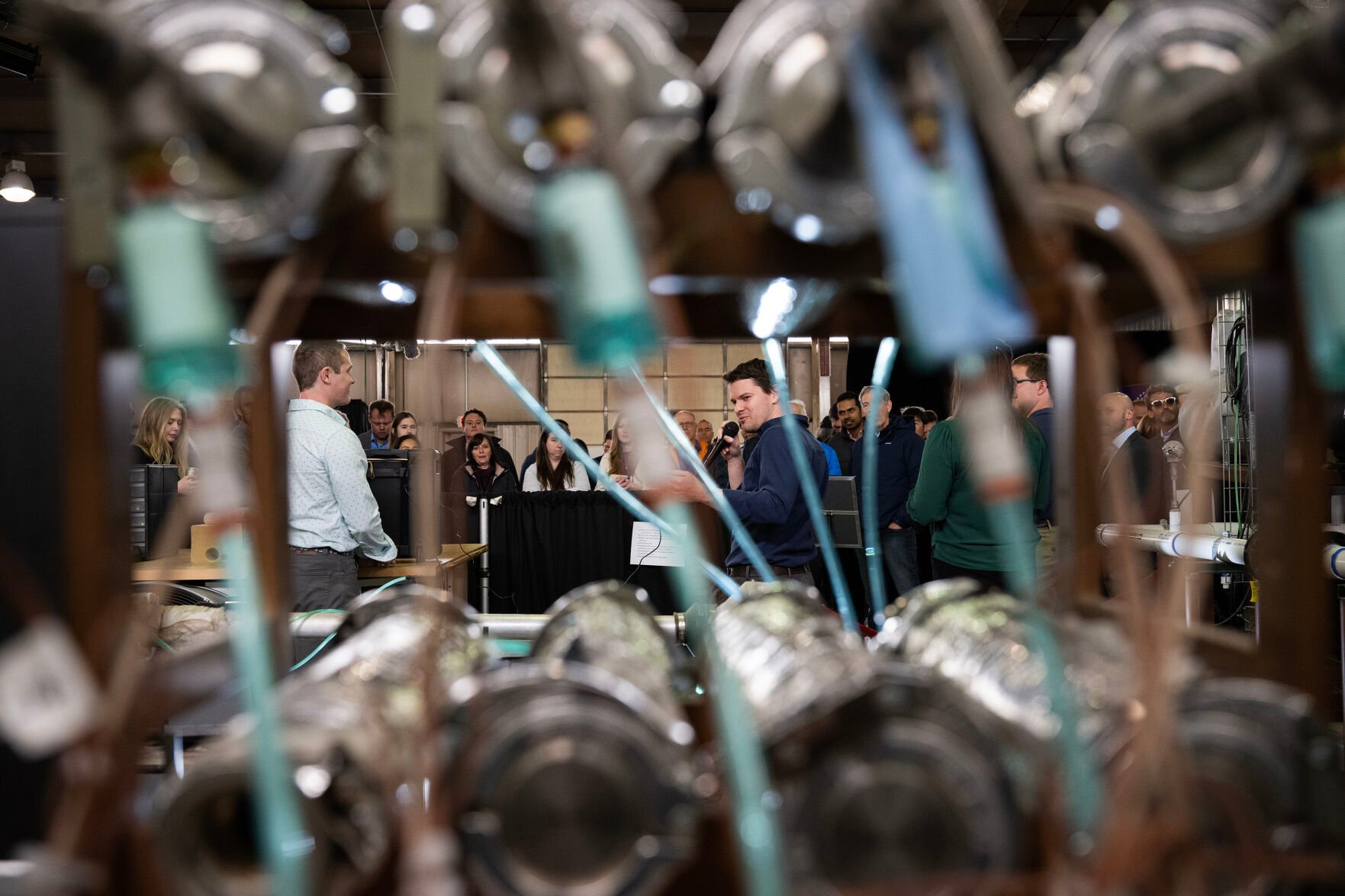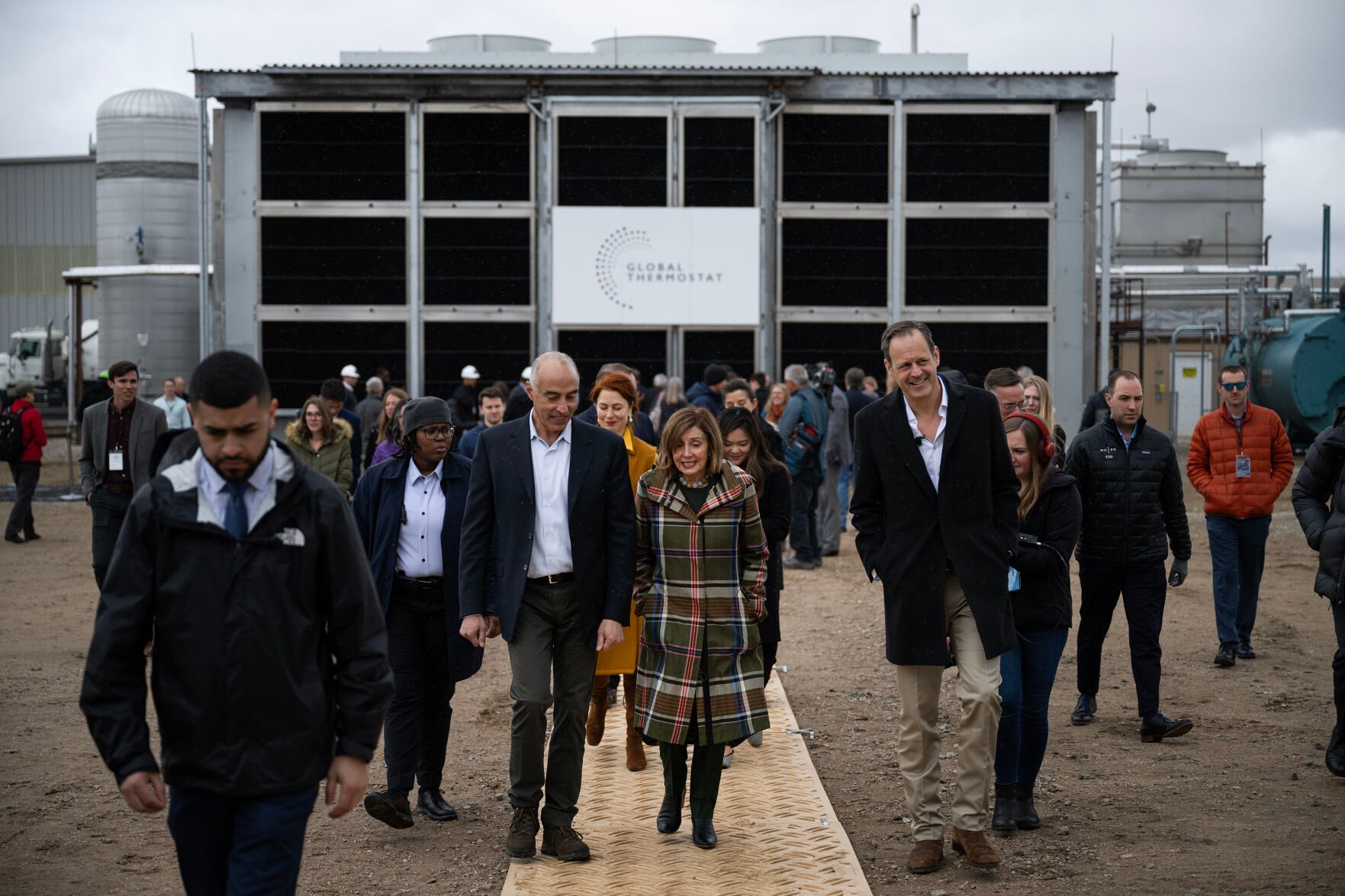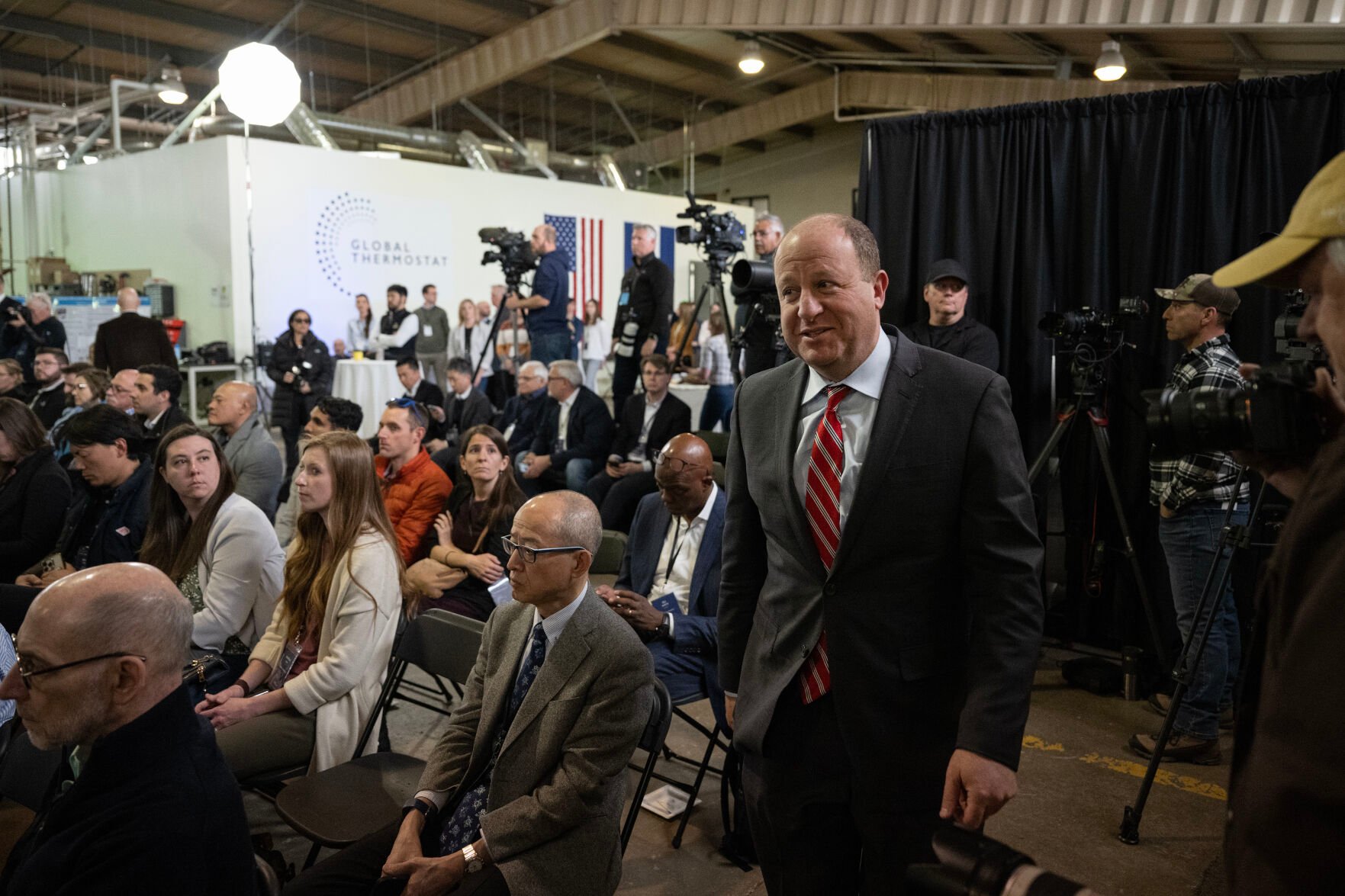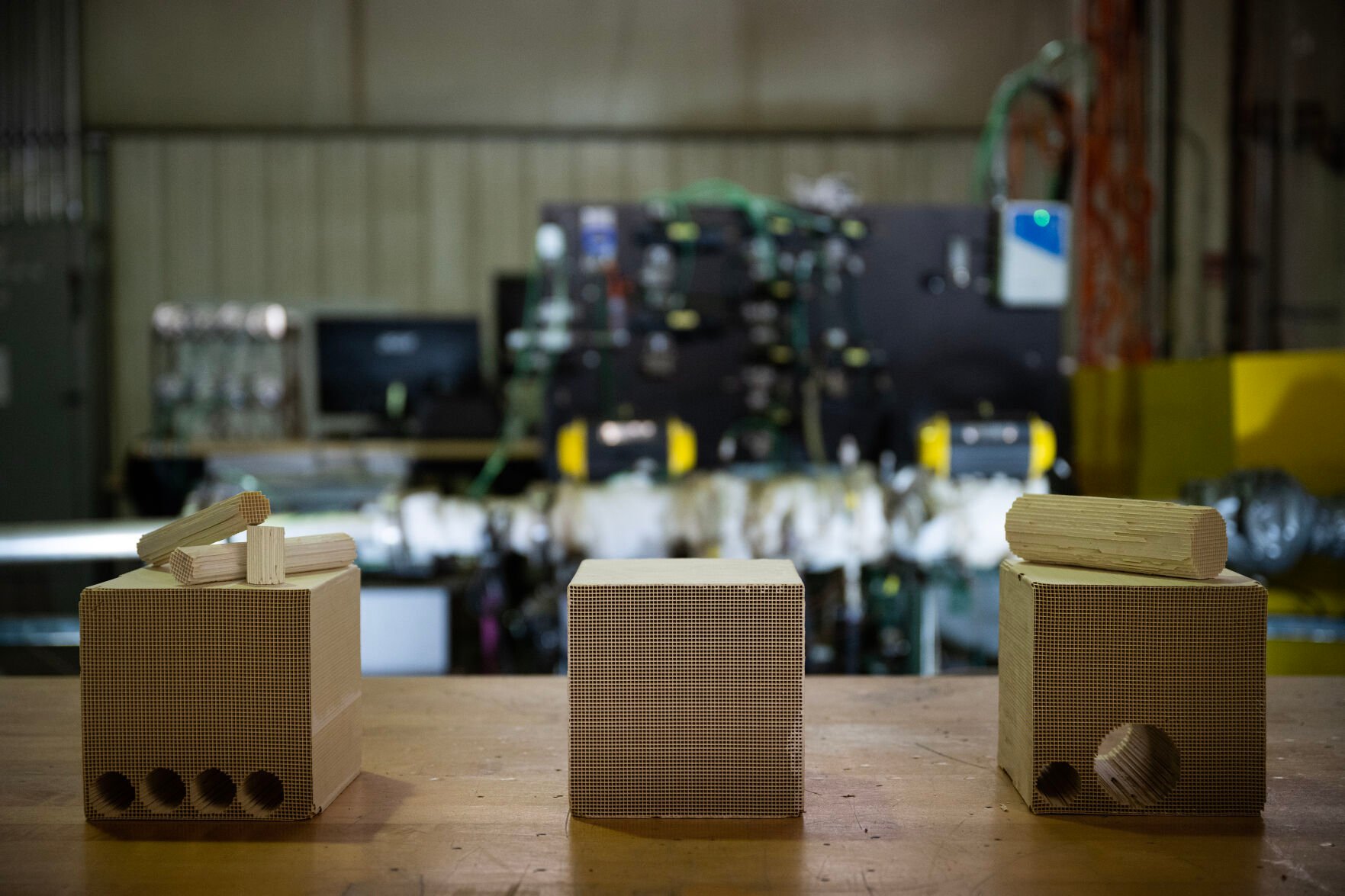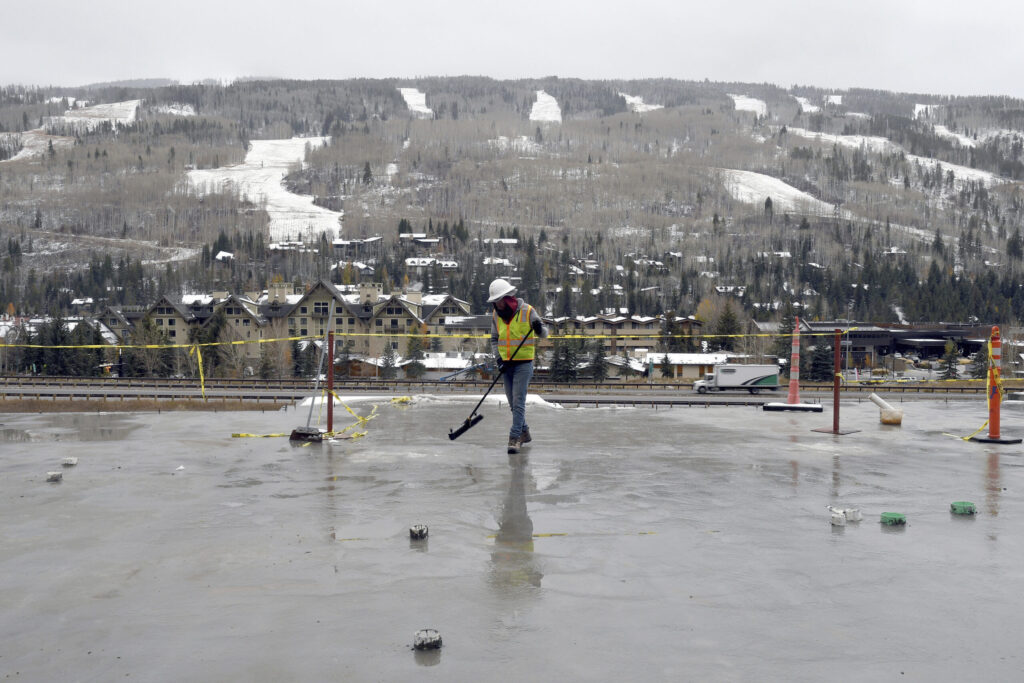Scrubbing the atmosphere of CO2 is a massive, expensive undertaking

The drive to cut carbon emissions to stay within the Paris Accords global temperature limits has spawned an industry dedicated to removing CO2 from the atmosphere.
And Colorado might be poised to attract companies seeking to develop and market what’s called direct air capture technology.
But the technology, which is new, faces numerous challenges to become viable, notably the cost to deploy it at levels that would offer a significant dent on Colorado – and America’s – carbon emissions goals.
Notably, the technology requires enormous amounts of energy and water, resources that, depending on the place and time, can be in short supply.
In April, Global Thermostat, which specializes in carbon removal technology, announced it is establishing its headquarters in Commerce City, a sprawling municipality of some 62,000 residents north of Denver.
Since 2020, Global Thermostat’s pilot plant has been extracting CO2 from the atmosphere near Denver International Airport – and releasing it back into the atmosphere – as part of the company’s research and development.
“Colorado is home to an incredible ecosystem of clean energy leaders, research labs and clean tech companies all working to protect our planet,” Gov. Jared Polis earlier said in a new release from the company. “We are thrilled to have the addition of Global Thermostat’s headquarters and new Direct Air Capture plant joining this growing industry in Colorado.”
According to the International Energy Agency, worldwide energy-related CO2 emissions hit a new high of more than 36.8 billion tons in 2022. This does not include non-energy emissions from transportation and other sources.
The Colorado Department of Natural Resources is trying to figure out where direct air capture fits in to Polis’ Greenhouse Gas Reduction Roadmap, which seeks to cut carbon emissions to zero in a few decades.
“While the exact role of CCS (carbon capture and storage) in achieving the state’s climate goals is uncertain, it is clear that private sector interest in CCS is leading project developers to seek regulatory approval from the federal EPA to construct and operate projects in Colorado,” said a legislative proposal summary from the department.
The purpose of direct air capture is to funnel the atmosphere through systems that strip out CO2 from the air and either sequester it permanently underground or use it in industrial production – in hopes of slowing global warming that the Intergovernmental Panel on Climate Change said will cause catastrophic changes.
The technology, which remains in its early stages, faces numerous challenges to being effective in mitigating climate change, according to experts.
Another problem is the cost per ton of removing CO2 from the air, they said.
The goal is to reach a cost per ton of CO2 captured to $100 or less, the International Energy Agency said in a report.
Current cost per ton estimates vary widely because there are only a few direct air capture plants in operation worldwide, most of which are small pilot plants. But the energy agency cited a range of $100 to $1,000 per ton for a large-scale commercial plant today.
Direct air capture plants are not cheap. In fact, it’s the most expensive way to capture carbon dioxide, according to the energy agency.
“Capturing CO2 from the air is the most expensive application of carbon capture,” the international agency said in its report. “The CO2 in the atmosphere is much more dilute than in, for example, flue gas from a power station or a cement plant.”
Reuters recently reported that BlackRock Inc, the world’s biggest money manager, will invest $550 million in Occidental Petroleum Corp’s Stratos air capture plant in West Texas. The plant is designed to capture 500,000 tons of CO2 per year.
In a news release, Occidental said the project is about 30% complete and is expected to be operational in 2025. Plans are in the works for about 100 more plants, Reuters reported.
“Cutting back on our carbon emissions alone won’t reverse the growing impacts of climate change; we also need to remove the CO2 that we’ve already put in the atmosphere – which nearly every climate model makes clear is essential to achieving a net-zero global economy by 2050,” said U.S. Secretary of Energy Jennifer M. Granholm in an August news release.
According to the energy agency, the goal is not to remove all anthropogenic CO2, but to remove just enough to reach the 2050 goal of net zero carbon emissions.
The agency added that, under that net zero emissions by 2050 scenario, direct air capture technologies would require a “large and accelerated scale-up.”
But the scale of construction to meet those goals is immense: Nearly 850 plants would have to be constructed in the next 26 years.
“Reaching the level of DAC deployment envisaged by 2050 in the Net Zero Scenario will be a significant but not insurmountable challenge, requiring on average eight large-scale DAC plants to be built each year during the current decade, 50 plants to be built each year during 2030-2040 and almost 40 plants a year to be built between 2040 and 2050,” the energy agency said in its report.
One unresolved issue is the amount of electricity and water direct air capture may require.
The energy agency said the energy needed to capture about one gigaton (one billion pounds) of CO2 requires so much electricity – about six exajoules – that if provided solely by solar panels, they would cover more than 8,880 square miles of land. That’s just a bit smaller than West Virginia.
In an article in the journal Nature Communications published in 2019, the authors said capturing 30Gt of CO2 per year “means installing 30,000 facilities.” That would have a “significant impact” on global energy, saying by 2100, it could require “more than half of today’s total (energy) production,” the report said.
The energy agency also said that one CO2 extraction technology could require 50 gigatons of water per year. That’s 4.1 million acre-feet or 14% of the maximum capacity of Lake Mead on the Colorado River near Las Vegas just for a single plant.
